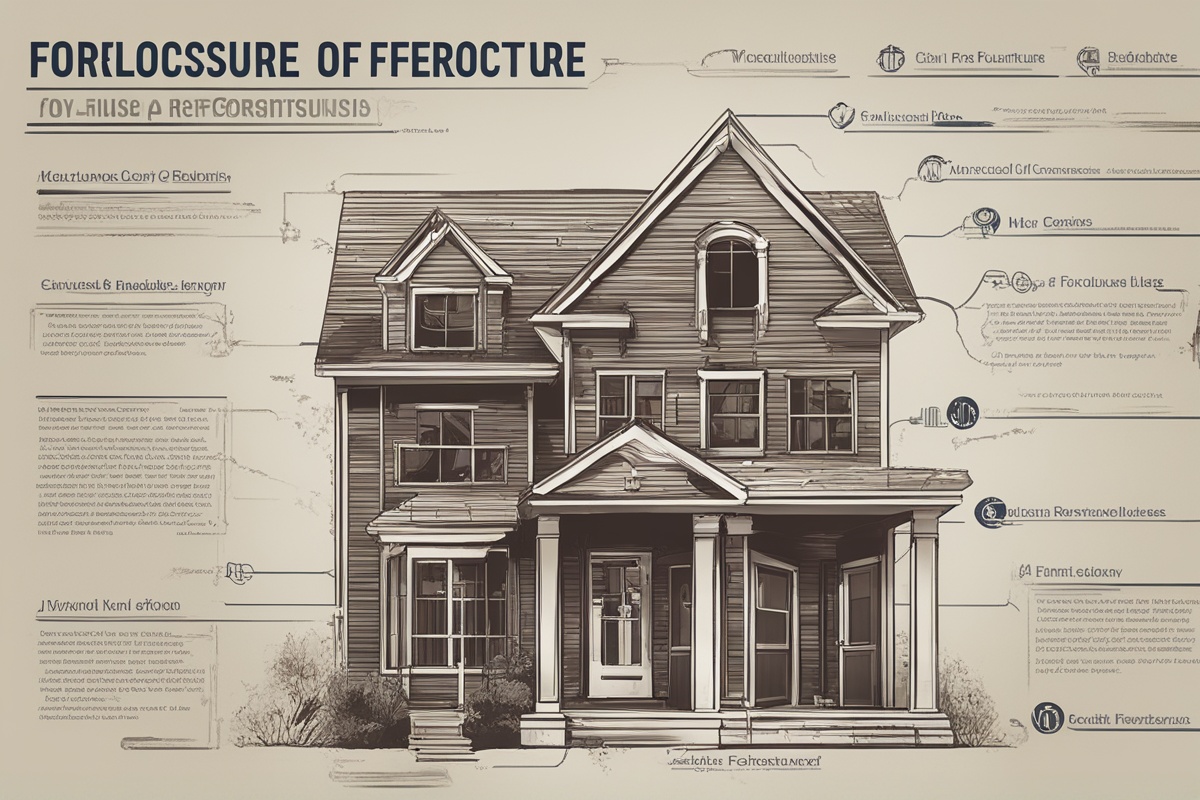Navigating the world of property recovery can be daunting, especially when faced with a myriad of unfamiliar terms and concepts. Whether you’re dealing with insurance claims, disaster restoration, or legal proceedings, understanding the key terms in property recovery is essential for effectively managing the process. This glossary post aims to break down the most critical terminology, providing clarity and insight for homeowners, business owners, and professionals alike.
What is Property Recovery?
Property recovery refers to the process of restoring or reclaiming a property after damage, loss, or legal disputes. This can include physical restoration following events like floods, fires, or storms, as well as recovering financial compensation through insurance claims or legal action. Familiarizing yourself with the key terms in property recovery ensures that you can communicate effectively with insurance adjusters, contractors, and legal representatives. From mitigation to subrogation, each term plays a pivotal role in the recovery journey.
Essential Key Terms in Property Recovery: Mitigation
One of the first key terms in property recovery to understand is mitigation. Mitigation refers to the immediate actions taken to prevent further damage to a property after an incident. For example, if a pipe bursts in your home, mitigation might involve shutting off the water supply and drying out the affected area to prevent mold growth. Insurance policies often require policyholders to mitigate damages as a condition of coverage. Failing to do so could result in denied claims or reduced compensation. To learn more about the importance of mitigation, check out our detailed guide on property damage mitigation strategies.
Understanding Deductibles in Property Recovery
Another critical term among the key terms in property recovery is deductible. A deductible is the amount a policyholder must pay out of pocket before insurance coverage kicks in. For instance, if your property sustains $10,000 in damages and your policy has a $1,000 deductible, you’ll need to cover the first $1,000, while the insurer pays the remaining $9,000 (assuming the damage is covered). Deductibles can vary widely based on the type of policy and the nature of the damage, such as higher deductibles for natural disasters like hurricanes. For a deeper dive into insurance policies, read our post on understanding insurance policies.
The Role of Adjusters in Property Recovery
The term adjuster is central to the key terms in property recovery. An adjuster is a professional employed by an insurance company (or hired independently) to evaluate the extent of property damage and determine the amount of compensation owed under a policy. There are different types of adjusters, including company adjusters, independent adjusters, and public adjusters who work on behalf of the policyholder. Understanding the role of an adjuster can help you navigate claims more effectively. For tips on working with adjusters, explore our article on how to work with insurance adjusters.
Subrogation: A Key Legal Term in Property Recovery
Among the key terms in property recovery, subrogation often causes confusion. Subrogation occurs when an insurance company steps into the shoes of the policyholder to pursue a claim against a third party responsible for the damage. For example, if a neighbor’s negligence causes a fire that damages your property, your insurer may pay for the damages initially and then seek reimbursement from the neighbor through subrogation. This process ensures that the responsible party ultimately bears the cost. Knowing about subrogation can help you understand why certain claims take time to resolve.
Salvage Value and Its Importance in Property Recovery
Lastly, salvage value is a term worth noting among the key terms in property recovery. Salvage value refers to the estimated worth of damaged property that can still be sold or repurposed after a loss. For instance, after a car is totaled in an accident, an insurer might determine its salvage value and deduct it from the payout to the policyholder. In property recovery, salvage value can also apply to building materials or equipment that can be reused or sold. Understanding this concept can help you negotiate fair settlements with insurers. For more on negotiating claims, see our guide on negotiating insurance claims.
Disclaimer: The information provided in this article is for general informational purposes only and should not be considered legal, financial, or professional advice. Property recovery processes and terminology can vary based on location, insurance policies, and specific circumstances. We recommend consulting with a qualified professional, such as an insurance agent, attorney, or property restoration expert, before making decisions related to property recovery. The authors and publishers of this content are not responsible for any actions taken based on the information provided.
References
- Insurance Information Institute – What is Mitigation and How Does It Relate to Insurance?
- National Association of Insurance Commissioners – Consumer Insurance Glossary
- FEMA – Glossary of Terms for Property Recovery and Disaster Assistance
- Insurance Journal – Understanding Subrogation in Property Claims
- Allstate – What is an Insurance Deductible?
This content is for informational purposes only and not a substitute for professional advice.





